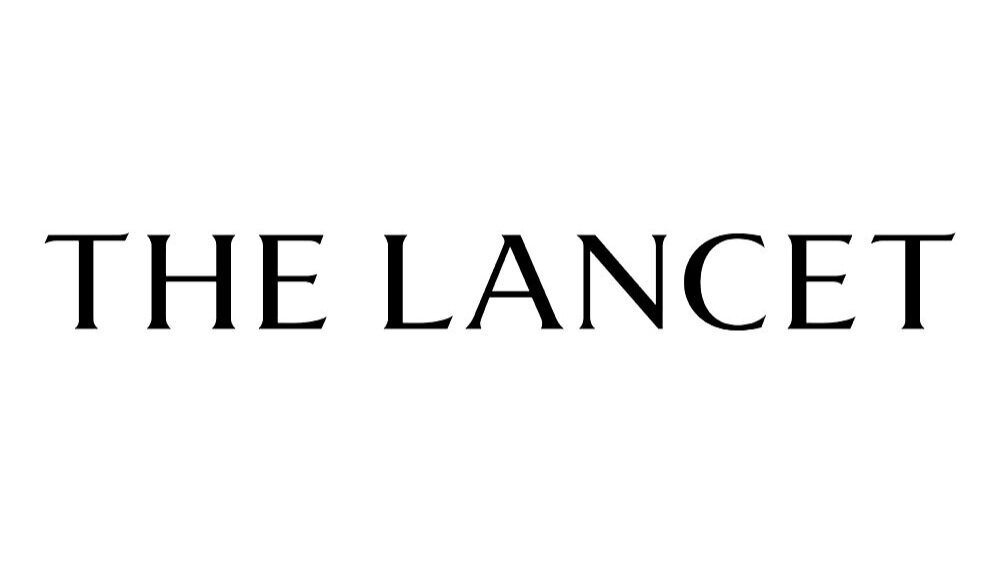
Sickle cell disease care in Lebanon: resource-constrained and humanitarian crisis adaptations
Lebanon is a small country in the Eastern Mediterranean. There are 4 million Lebanese residing in the country, and according to the WHO Annual Report 2021, its adjusted GDP growth decreased by 25%. Lebanon has more refugees per capita than any other country in the world, hosting about 210 000 Palestinian refugees—the majority came after 1948, and 30 000 fled Syria after the 2011 civil war—and approximately 1·5 million Syrian refugees. Poverty among the Lebanese has increased, 30% of the population was below the poverty line at the start of Lebanon’s economic crisis in 2019 compared with 80% in 2022. Poverty among Palestinian refugees also increased from 70% below the poverty line at the beginning of 2022 to 90% at the end of the year. The economic situation has had dire effects on access to healthcare and medications, with agencies providing health-care coverage for Lebanese patients (Ministry of Public Health [MOPH] and the National Social Security Fund [NSSF]) unable to cope.
Download the full Article: Global hematology
